Optimal Timing for Mold Inspection and Testing
Mold inspection and testings are essential for identifying hidden mold growth that can impact indoor air quality and health. The timing of inspections can influence their effectiveness, especially when mold presence is suspected due to specific conditions or events.
Conduct mold testing after flooding, leaks, or water intrusion to detect hidden mold growth early.
Perform inspections before and during remodeling to prevent mold from spreading or worsening.
Schedule testing if occupants experience allergy-like symptoms or respiratory issues related to indoor environments.
Spring and summer, with higher humidity levels, can promote mold growth, making inspections more critical during these periods.
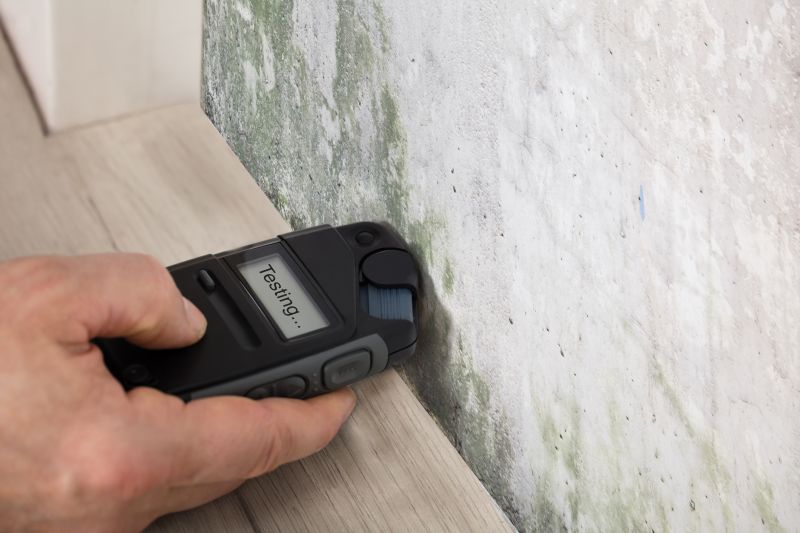
Specialized tools detect mold spores and moisture levels for accurate assessment.
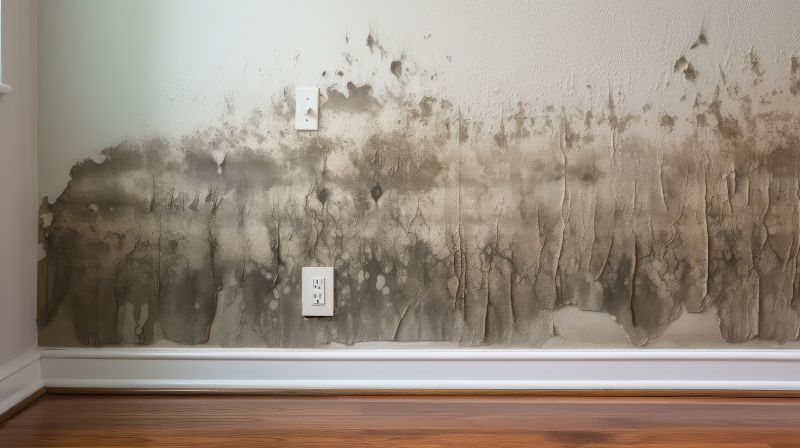
Visual inspection of water intrusion points to identify potential mold growth areas.
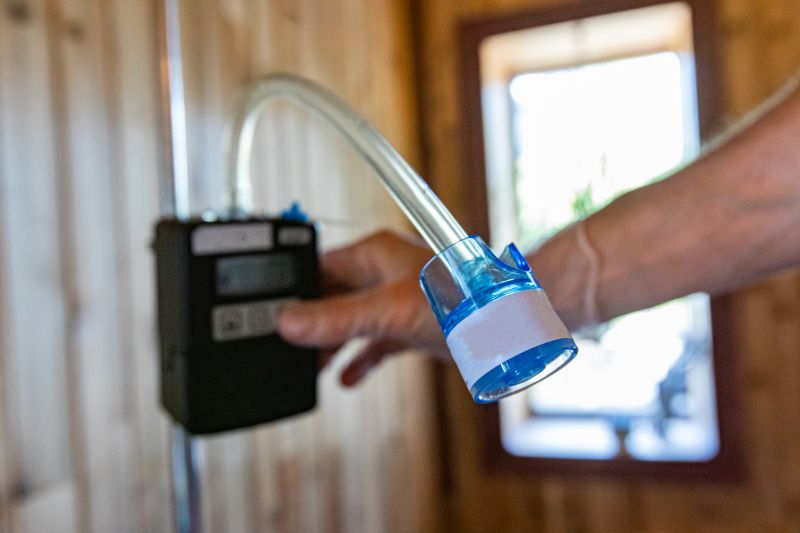
Air sampling devices measure mold spore concentration in indoor environments.
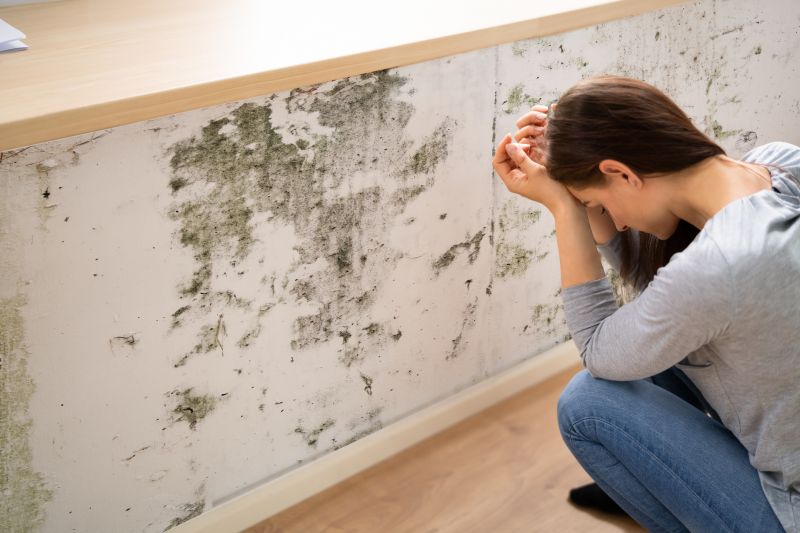
Ways to make Mold Inspection And Testings work in tight or awkward layouts.
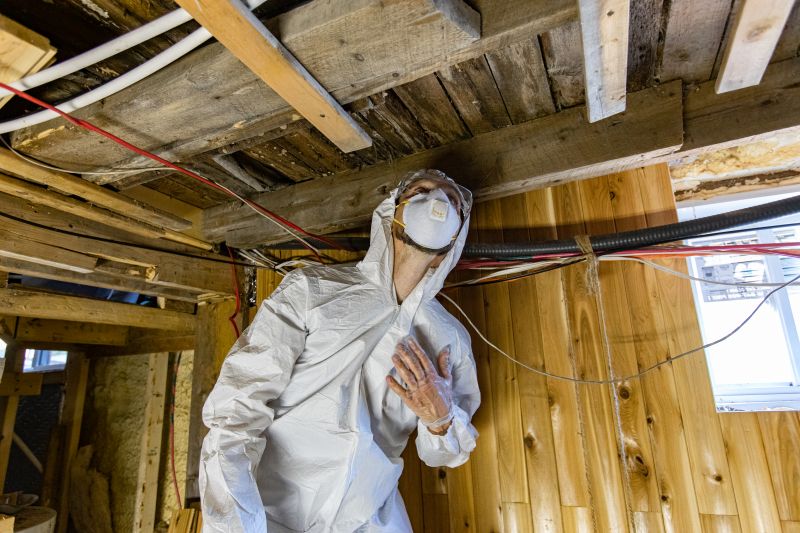
Popular materials for Mold Inspection And Testings and why they hold up over time.
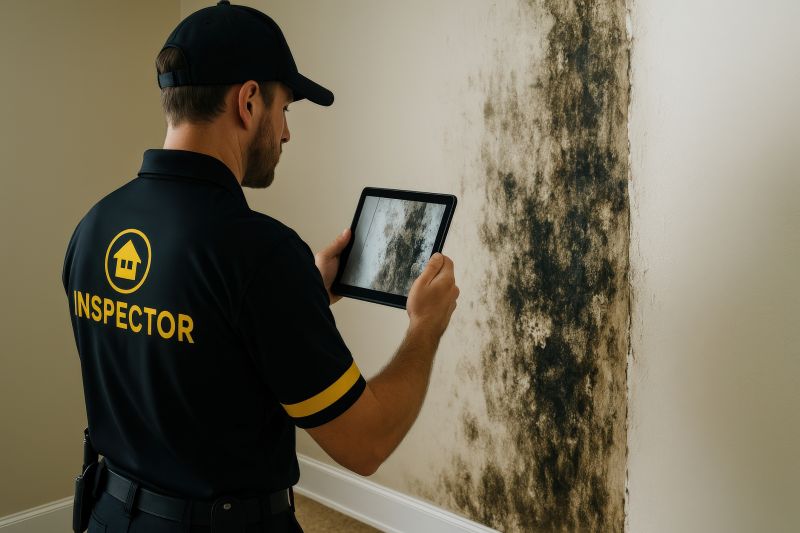
Simple add-ons that improve Mold Inspection And Testings without blowing the budget.
| Factors Influencing Timing | Details |
|---|---|
| Water Incidents | Post-flooding or leaks require immediate inspection. |
| Seasonal Humidity | Higher humidity increases mold growth risk in spring and summer. |
| Occupant Symptoms | Health complaints may prompt timely testing. |
| Property Renovations | Before and during remodeling to prevent mold spread. |
| Property Transactions | Pre-sale inspections to ensure mold-free status. |
| HVAC Repairs | To confirm mold has not developed after system work. |
| Visible Mold or Odors | Any signs of mold require prompt testing. |
Mold inspection and testing are vital components of maintaining healthy indoor environments. Mold spores can be present even when not visible, and their presence is often associated with moisture problems that may go unnoticed. Regular assessments, especially after water-related incidents or during high humidity seasons, help identify mold growth early, reducing potential health risks and property damage. Accurate testing methods include air sampling, surface testing, and moisture assessments, providing comprehensive insights into mold presence and distribution.

Professional inspectors use specialized tools for accurate detection.
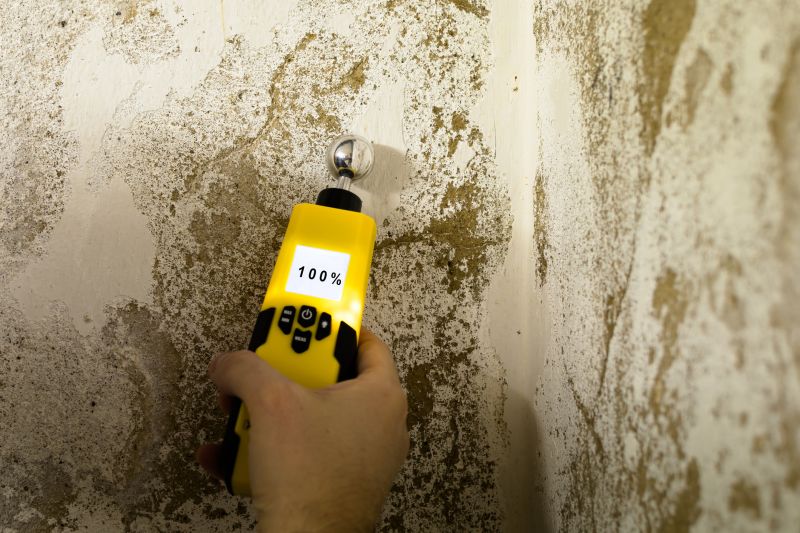
Moisture meters identify hidden damp areas conducive to mold growth.
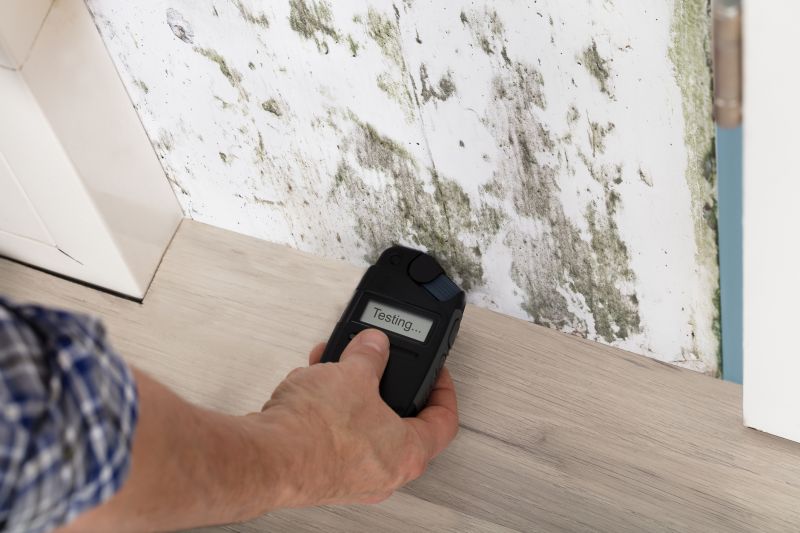
Devices measure airborne mold spores for analysis.

Visual evidence of mold growth in walls or ceilings.
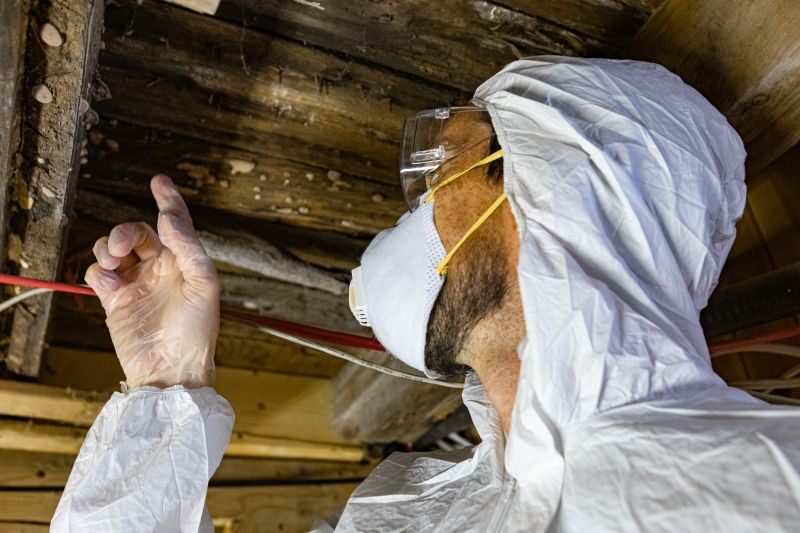
High-end options that actually feel worth it for Mold Inspection And Testings.
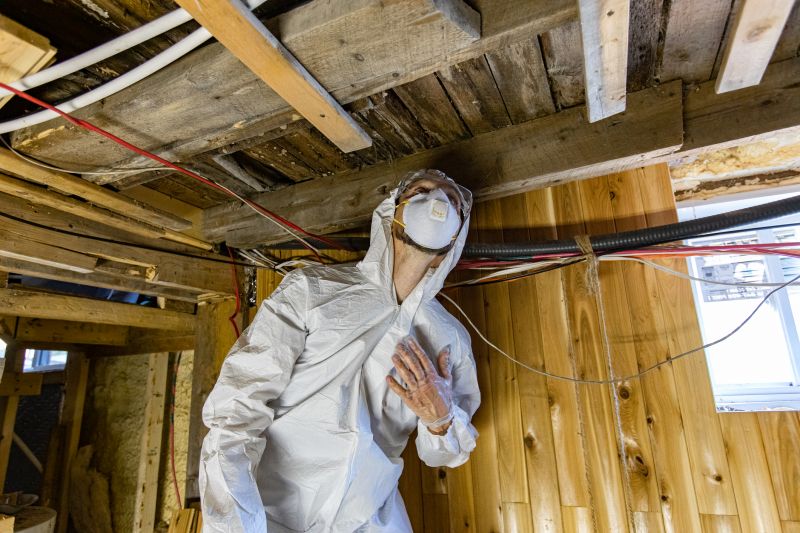
Finishes and colors that play nicely with Mold Inspection And Testings.
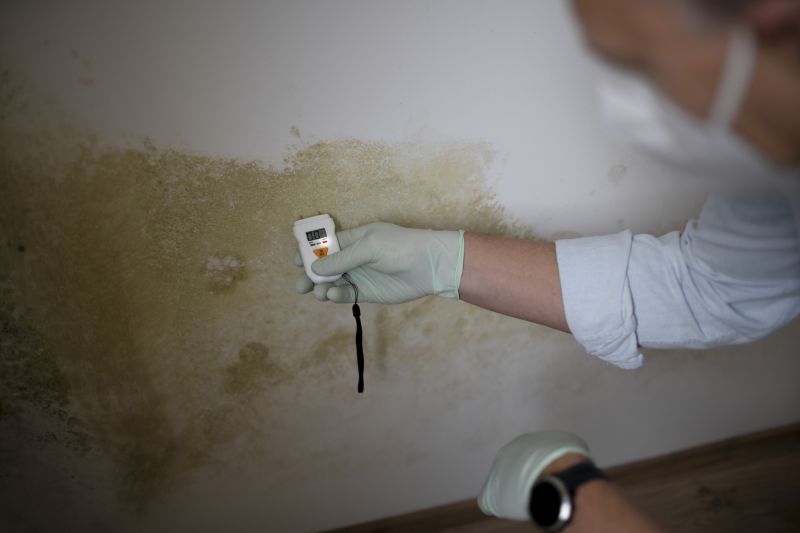
Little measurements that prevent headaches on Mold Inspection And Testings day.

A 60-second routine that keeps Mold Inspection And Testings looking new.
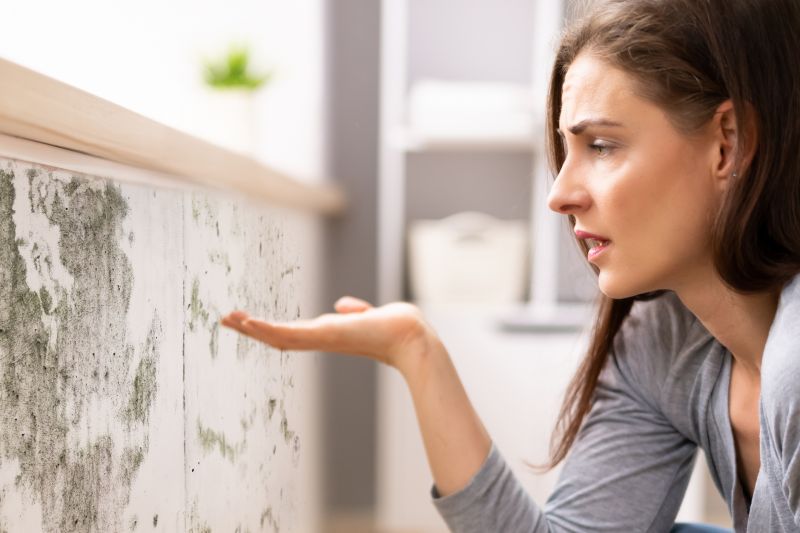
A frequent mistake in Mold Inspection And Testings and how to dodge it.

Small tweaks to make Mold Inspection And Testings safer and easier to use.
Timely mold inspection and testing can prevent extensive property damage and health issues. Regular assessments are recommended in environments with prior water damage, high humidity, or visible mold signs. Early detection allows for targeted remediation, reducing costs and minimizing exposure risks. Engaging qualified professionals ensures comprehensive evaluations and accurate results, supporting a healthy indoor environment.
Interested in scheduling a mold inspection or testing service? Filling out the contact form provides a convenient way to initiate the process and receive professional assistance tailored to specific needs.
